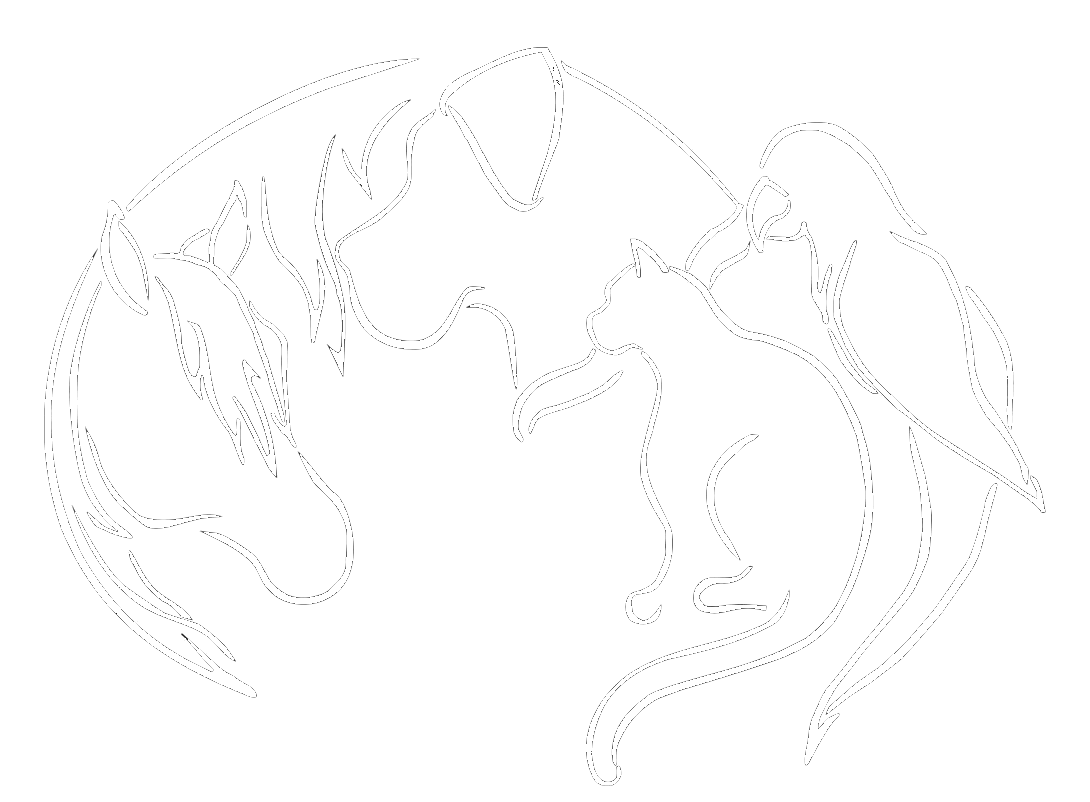Dental disease is an under-recognized source of disease and discomfort to dogs in cats. Advancements in anesthetic monitoring technology allow anesthesia of dogs and cats to be safer than it ever has been before, and the development and refinement of digital dental x-rays for dogs and cats allow us to find and treat disease that is not visible to the naked eye. The veterinarians at Alpine Veterinary Medical Centre are all passionate about dental care in dogs and cats and have all taken additional training in dental treatment beyond what is offered in veterinary school. Several of our veterinarians attend the Veterinary Dental Forum, which is a multi-day conference dedicated exclusively to the diagnosis and treatment of dental disease in pets.
Why Should I Pursue Dental Care for my Pet?
Dogs and cats have the same nerves supplying their teeth and tissues in their mouth that people do. This means that when they have broken teeth, infection, abscesses, or severe inflammation, they feel pain the same way that we do. It's hard for our pets to tell us when their mouths hurt, and the vast majority of pets will continue eating even with significant pain in their mouths. Dental care gives us an opportunity to identify sources of pain and disease in our pets' mouths.
Why Does It Cost More Than When I Go to the Dentist?
In order to safely and accurately diagnose and treat dental disease in our patients, they must be under general anesthesia. This is probably the most significant reason that animal dentistry costs more than human dentistry. Additionally, because most of our pets don't have yearly or bi-annual dental exams, by the time we have a chance to evaluate them thoroughly, we often find disease affecting multiple teeth, whereas when people visit the dentist, it is usually to only address problems affecting one or two teeth. It is not uncommon in geriatric pets to discover that greater than 50% of the teeth in a given patient are so diseased that extraction is required.
Alpine Veterinary Medical Centre prides itself on providing the highest possible level of care for our dental patients. This means that every dental procedure, including tooth extractions and surgery, is performed by a veterinarian, while a trained animal health technician monitors anaesthesia and records vital parameters every five minutes. Animals having teeth extracted or oral surgery performed have dental nerve blocks performed with a local anaesthetic to decrease their pain during and after their procedure. Our dedicated dental surgical area has a wide array of anaesthetic monitoring equipment to ensure that your pet is safe under anaesthesia, and warm air blankets to ensure that your pet is kept at a safe temperature under anaesthesia without risk of burning.
Why Does My Pet Have To Be Under Anesthesia?
One of the most important reasons why animals are anesthetized is so that we can protect their airways. Because dental disease in dogs and cats almost always involves bacteria, it is important to place an endotracheal (breathing) tube in the pet’s airway and inflate the protective cuff to ensure that bacteria in the mouth cannot move down into the lungs during the dental procedure. General anesthesia also allows us to take full-mouth dental x-rays, and to probe each of the teeth individually to assess for loss of bone and soft tissue around each of the tooth roots.
Why Should My Pet Have Dental X-Rays?
Dental x-rays are an invaluable tool in evaluating dental disease in our pets. Without dental x-rays, we are unable to evaluate the roots of the teeth, which often makes up more than half of the tooth! Dental x-rays allow us to identify serious problems such as abscesses or cysts that can weaken the bones of the jaw and make them prone to breakage. We x-ray every tooth of our dental patients to ensure that we are not leaving behind pain or disease.




